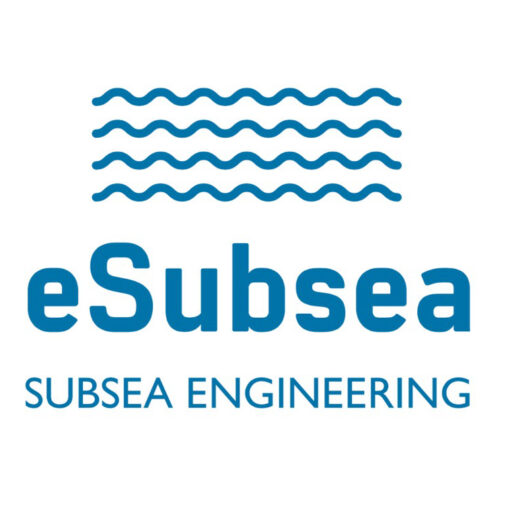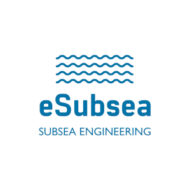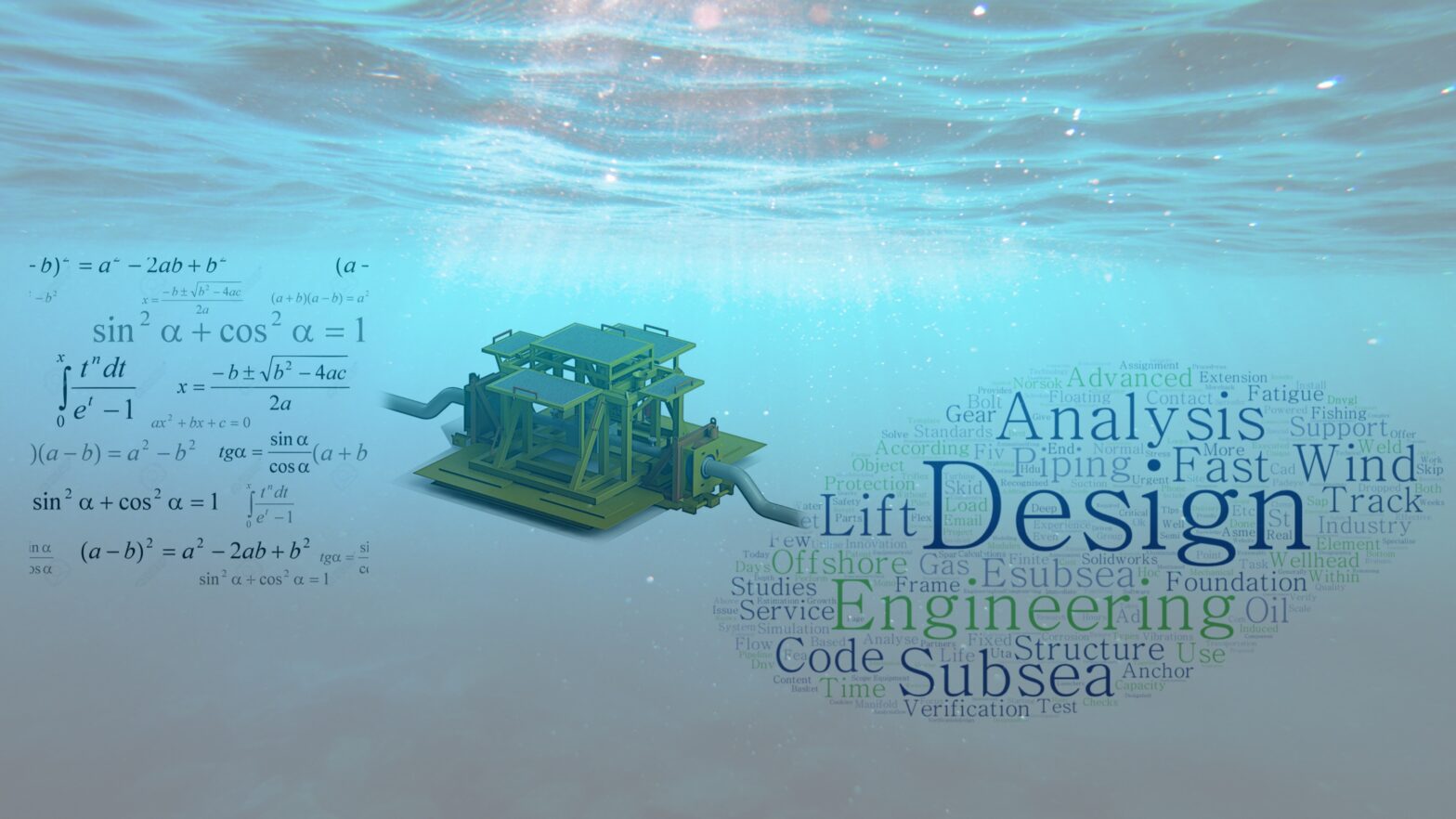eSubsea do fast track design, verify and analyse of load cases as dropped object and interaction with fishing gear on subsea structures. The analyses are based on design loads given in NORSOK U-001 Subsea Production Systems, which shall be read in conjunction with relevant parts of ISO13628.
Dropped Object Loads on Subsea Structures
eSubsea design dropped object protection and perform structural analysis using the default dropped object loads are given in ISO13628-1 Annex F Datasheet No F5 normally apply and the impact loads should be treated as a PLS (progressive collapse limit state) condition:
- For multi well structures (subsea templates structures)
- 50 kJ impact energy point load of 700mm diameter
- 5 kJ impact energy point load of 100mm diameter
- For other subsea structures
- 20 kJ impact energy point load of 500mm diameter
- 5 kJ impact energy point load of 100mm diameter
As an alternative from the above, impact load or force from the actual objects being handle above the structure can be used as initial design load estimation.
Analysis Methodology
The analysis methodology for dropped objects on subsea structures is to use a quasi-static approach with an equivalent static load applied to the point of impact on the subsea structure or offshore wind foundations. The kinetic energy of the dropped object is theoretically absorbed in may forms such as:
- Global deflection due to structure or soft soil condition
- Seawater energy absorption
- Local denting (strain energy)
- Plastic deformation (strain energy)
- Damage to dropped object (strain energy)
- Extreme loads membrane effects
- Rebound of dropped object and fishing gear (back to kinetic energy)
The above analysis is a complex one and require advanced finite element analysis but can be done if required to optimise design, however the analysis can be simplified using a quasi-static approach with a PLS mechanism (plastic hinges form in the structure to increase deflection) where a perfect elastic spring is assumed which is conservative.

Fishing Gear Loads on Subsea Structures
eSubsea design overtrawlable and snag free subsea protection structures based on the recommendation in NORSOK U-001. This include designing the structure with the member sizes and corner geometry and angles to safely deflect fishing gear. With the fishing gear protection loads analysis and 3D models of the structure, model test can in most cases be avoided.
eSubsea design fishing gear protection and perform structural analysis using the default dropped object and fishing gear loads are given in ISO13628-1 Annex F Datasheet No F5 normally apply and the static design and impact loads should be treated as both ULS (ultimate limit state) and ALS (accidental limit state) condition for overtrawlable and snag free subsea structures:
- Trawlnet friction 2 x 200 kN (ULS)
- Trawlboard over-pull 300 kN (ULS)
- Trawlboard impact 13 kJ (ULS)
If the structure is not considered overtrawlable and snag free, design loads from the trawl board and ground rope snag shall be used.


